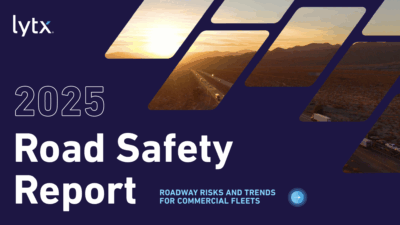Update on Spanish Labour Law: Permanent disability is no longer an automatic ground for termination.Law 2/2025, of 29 April, introduces a new approach to termination, which is now subject to two conditions:
- The employee’s willingness to continue working.
- The employer’s ability to adapt the role or offer a suitable alternative position.
What does this mean for employers?
The company will no longer be able to terminate the contract at will. Before doing so, they must consider whether they can:
- Make reasonable adjustments (without incurring excessive costs).
- Offer another available position that is compatible with the profile and the incapacity.
The employee has 10 calendar days from the notification of the resolution that qualifies the permanent disability to express their desire in writing to maintain the employment relationship.
The company has a maximum period of 3 months from the notification of the resolution to adapt the position, offer another compatible one or justify the impossibility of doing so. In the latter case, the company must inform the worker in writing and in a motivated manner of its decision to terminate the employment contract.
New fast-track legal procedure
Disputes arising from contract termination on these grounds will follow an urgent and preferential procedure under the amended Labour Jurisdiction Law.
Specific conditions for small businesses
Small businesses (<25 employees) have a specific rule for assessing whether the cost of adaptation is excessive.
Specifically, the cost shall be deemed excessive when the cost of adapting the job, without taking into account the portion that may be covered by public aid or subsidies, exceeds the greater of the following amounts:
- the compensation for unfair dismissal to which the employee would be entitled; or
- six months’ salary of the employee.
How will this affect your business?
Companies should review their disability and absence management policies to ensure compliance and reduce litigation risks.
For tailored advice, please contact our Employment Law team.

















